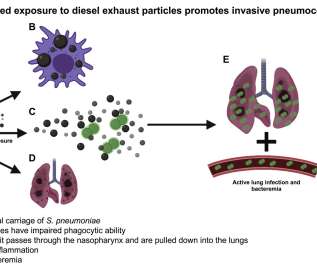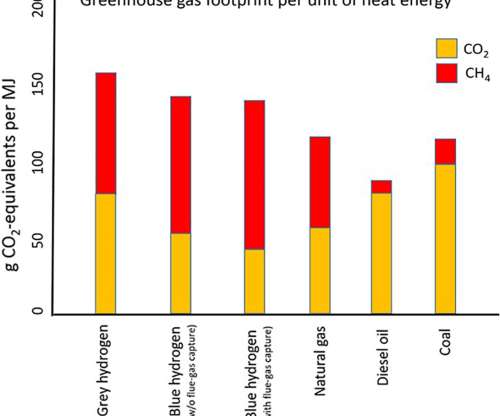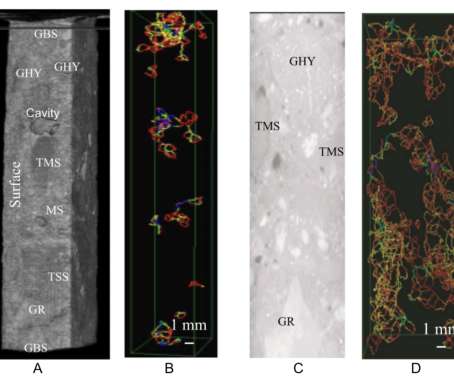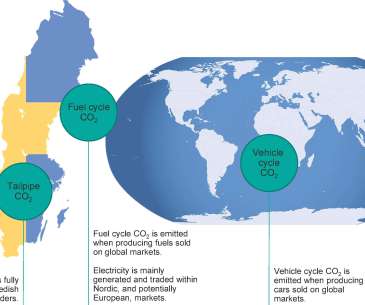HEI launches two new non-tailpipe particulate emission studies
Green Car Congress
JANUARY 8, 2023
The Health Effects Institute (HEI) has launched two new studies funded under RFA 21-1, Quantifying Real-World Impacts of Non-Tailpipe Particulate Matter Emissions. What is the contribution of NTP emissions to ambient PM in large, high traffic cities? The project will be executed as four integrated sub-studies.






































Let's personalize your content